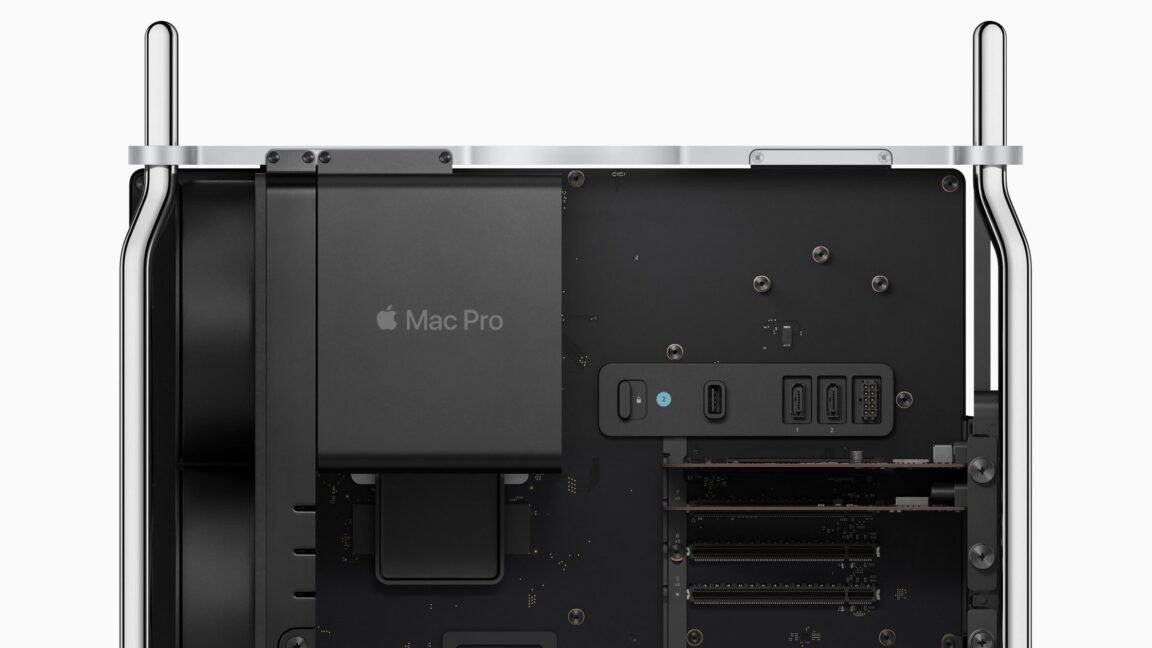
However, do we still need a Mac Pro?
Regardless of what Apple does with the Mac Pro, desktops in the Apple silicon era make less sense now than ever. Part of the appeal of the Mac Pro towers of the early 2010s and 2019 was their internal expandability, especially with regard to storage, graphics cards, and RAM. But while the Apple Silicon Mac Pro includes six internal PCI Express slots, it supports neither RAM upgrades nor third-party GPUs from Nvidia, AMD, or Intel. Thunderbolt 5’s 120Gbps transfer speed is also fast enough to support high-speed external storage devices.
This leaves even the most powerful power users with few practical reasons to prefer the $7,000 Mac Pro tower over the $4,000 Mac Studio. And this would be true even if both desktops used the same chip – currently, the M3 Ultra Studio comes with more and newer CPU cores, newer GPU cores and 32GB more RAM for that price, making the comparison even more lopsided.
With the exception of the Mac Pro, there should be plenty of Macs running 2026. Every laptop should get an Apple M5 upgrade except for the entry-level 14-inch MacBook Pro, which should come with Pro and Max chips for the higher-end Pro. Those chips, as well as the M5 Ultra, will give Apple everything it needs to refresh the iMac, Mac mini, and Mac Studio lineup.
Persistent rumors also indicate that Apple will introduce a new, lower-priced MacBook model with an iPhone-class chip, a device designed to replace the 2020 M1 MacBook Air that Apple continues to sell through Walmart for between $600 and $650. It remains to be seen whether this new MacBook will remain a Walmart exclusive or if Apple also plans to offer the laptop at other retailers and through its own stores.
